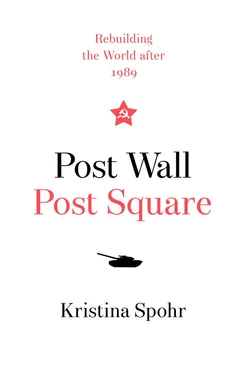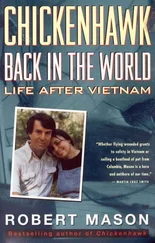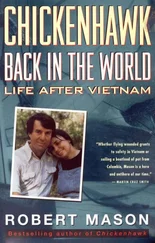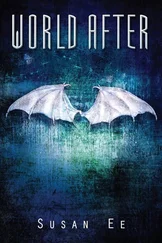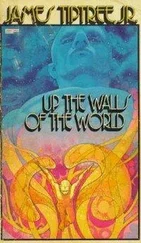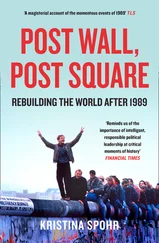Chapter 2
Toppling Communism: Poland and Hungary
The 4th of June 1989. That Sunday was not just a turning point in China’s modern history but also a landmark date for Poland and for Eastern Europe’s evolution out of the Cold War. Many observers proclaimed it as the day of Poland’s first ‘free’ and democratic elections since the Second World War.
Yet that wasn’t quite right: Poland’s exit from communist dictatorship began with a rigged vote gone wrong. The Polish Communist Party – locked since 1980 in an enervating power struggle with the Solidarity trade union movement – conceded the demand for elections in the hope of controlling the process of reform. This was intended to be the reinvention of communism, Polish-style. As US reporter John Tagliabue observed, General Wojciech Jaruzelski, the party leader, wanted to ‘use the vote to sweep reform-minded leaders into key posts’ and ‘sweep away apparatchiks resistant to change so that new blood can be pumped into the party’ – as Gorbachev had tried to do in the USSR. [1]The regime’s resort to democracy was largely a facade. All one hundred seats of the upper house, or Senate, were openly contested, but this was the case for only 161 (35%) of the 460 seats in the all-important lower house (Sejm). The rest were reserved for the communists (38%) and fellow-traveller parties (27%). What’s more, thirty-five seats of the communists’ quota were allotted to prominent government and party officials. These candidates faced no challengers and were put on a special, separate ‘national list’. The only ‘choice’ open to voters was to cross out as many names from the various lists as they wished. The regime knew some people would do so but did not expect this on a large scale: hence its requirement as regards the special ‘national list’ that each candidate gain the support of 50% of voters. On the face of it, then, there was no reason to believe that the Polish Communist Party’s monopoly on power would be threatened by this tepid experiment in democracy. [2]
In fact, many people that Sunday had their eyes on what was happening to ‘democracy’ on the other side of the world: a story not of ballots but of bullets. Press and TV were full of Tiananmen, six hours ahead of Warsaw and twelve in advance of Washington. British journalist and commentator Timothy Garton Ash, in the Polish capital to cover the elections, sat that morning in the makeshift offices of the recently founded opposition daily Gazeta Wyborcza (motto ‘ Nie ma wolności bez Solidarności ’, ‘There’s no freedom without Solidarity’). But he and his Polish friends became mesmerised by footage of dead or wounded Chinese protestors being carried out of the Forbidden City. [3]The New York Times that morning featured a front-page banner headline ‘TROOPS ATTACK AND CRUSH BEIJING PROTEST; THOUSANDS FIGHT BACK, SCORES ARE KILLED’. Tucked away at the bottom of the page, a small box entitled ‘The Polish Vote’ noted: ‘Some say that, four years hence, the opposition will be in control.’ [4]
In fact, change in Poland was only hours away. Although official results were not expected until a few days later, it was clear by that evening that the opposition would win virtually all the seats in the Senate. What’s more, in the elections for the Sejm, millions of voters defied the government by crossing out huge numbers of names on the official list, so that dozens of key party functionaries – including the prime minister, the defence minister and the minister of internal affairs – failed to get over the 50% hurdle. This was a stunning outcome: Solidarity had outpolled the communists. Not only was the election a slap in the face for the party, it also undermined the foundations of effective government. The regime had lost control of its reinvention of communism. The people were taking over.
And yet the mood across Poland was not exuberant on that sunny evening. The populace appeared unsettled. Solidarity leader Lech Wałęsa expressed anxiety about the implications of what seemed like a landslide for his trade union movement: ‘I think that too big a percentage of our people getting through would be disturbing.’ After a decade of bruising struggle with the regime, he was wary of how the Jaruzelski government would react. Party spokesman Jan Bisztyga warned: ‘If feelings of triumph and adventurism cause anarchy in Poland, democracy and social peace will be seriously threatened.’ He added darkly, ‘Authorities, the coalition and the opposition cannot allow such a situation.’ [5]
Garton Ash witnessed how the Solidarity leaders ‘plunged into fevered discussions, tortuous negotiations, and late-night cabals’ – their reaction to the polls ‘a curious mixture of exaltation, incredulity, and alarm. Alarm at the new responsibilities that now faced them – indeed the problems of success – but also a sneaking fear that things could not continue to go so well.’ [6]That fear, of course, was heightened by the news from China. Both Solidarity and reform communist leaders had been suddenly and painfully reminded of what could happen if violence broke out – not least given the presence of some 55,000 Red Army troops on Polish soil. [7]And so they did everything possible to avoid it.
The Solidarity leadership now realised that it must dare to engage in national politics – to move beyond its original role of ‘the opposition’ and take on the responsibilities that came with electoral success. The government, too, was stunned by the results. It had solicited a qualified vote of confidence from the people, who instead had delivered a damning verdict on more than four decades of communist rule sustained by the external force of Soviet military power. With Poland entering uncharted waters, both sides were being forced to work together – fearful of risking another Tiananmen if they did not. Solidarity and the communists were seemingly bound in a community of fate – incapable of acting for Poland without each other.
In Moscow, Gorbachev and his advisers were shocked by the news from Warsaw. They had expected that perestroika-style reforms would be met with gratitude in the satellite states, enabling reform communists to stay in charge. The Soviet leadership put the result down to Polish peculiarities. After all, as aide Andrei Grachev remarked, the Poles were the ‘weak link’ in the Soviet bloc. What happened in Poland would most likely stay there. [8]Gorbachev, therefore, stuck to the principles he had enunciated before the UN. The Brezhnev Doctrine was dead; ‘freedom of choice’ was now paramount. The Polish people had spoken. So be it – as long as Poland remained a member of the Warsaw Pact. [9]
No one foresaw the cascade of falling dominoes that would follow Poland’s electoral revolution. But the problems had been gestating for years.
*
In retrospect, the whole Soviet bloc seems like a house of cards. First, because it was rooted in the presence of the Red Army ever since the end of the Second World War. Soviet control of these territories had developed incrementally – rapidly in the Polish case, more slowly, for instance, in Czechoslovakia – but single-party communist regimes tied to Moscow were essentially imposed by force. In 1955 that iron fist was covered with a thin velvet glove in the form of an international alliance among independent states, ostensibly mirroring NATO and colloquially known in the West as the Warsaw Pact, but this was in fact a convenient cover for Soviet dominance. In 1956 the pact backed up the Red Army when it put down the anti-communist protests in Budapest; in 1968 it did the same to crush the Prague Spring. Ultimately the bloc was held together by fear of the tank. Of course, the United States was the unquestioned hegemon of NATO, essential provider of nuclear security and using bases on Allied soil. But, if Western Europe was part of an American ‘empire’, this was empire both by ‘invitation’ and by ‘integration’. In Eastern Europe, however, the Soviet bloc was always ‘empire by imposition’. [10]
Читать дальше
